Decadal National Land Cover Database for Jordan at 30 m resolution

Authors:
Availability of national land cover database plays a fundamental role in understanding environmental and socio-ecological issues under a constant state of changing climate and demography. However, systematic, compatible, and open access land use and land cover database at a high spatial resolution is not yet developed for Jordan. The overarching goal of this research is to build a decadal land cover database for Jordan at 30-m spatial resolution called the Jordan National Land Cover Database (JNLCD). This database encompasses four wall-to-wall land cover maps for the years 1980s, 1990s, 2000s, and 2015s. A total of 44 Landsat pathfinder satellite scenes were used to develop this database along with multiple ancillaries and field observation data sources. An unsupervised classification method along with accurate ancillary data was used to build a representative land use/cover timeline. The thematic accuracies of JNLCD were assessed using ground reference points at randomly stratified pixels. The overall mapping accuracies achieved were between 90 and 94%. The results show that nearly 5.3% of the pixels changed from one cover type to another at least once while 94% of the pixels did not change between dates. The most remarkable land cover changes were from rainfed agriculture to urban and from rainfed to open rangelands, indicating a progressive decrease in land productivity and high variation in rainfall distribution, most pursuant in the recent decades. In 35 years, Jordan’s land surface had been transformed into a human-induced landscape and lost a vast area of its pristine landscape of ecological and sustainable significance. The JNLCD product will help in designing proper monitoring and management regimes at local to national levels. This offers a baseline for substantial advancement of landscape-based research for development in the country.
